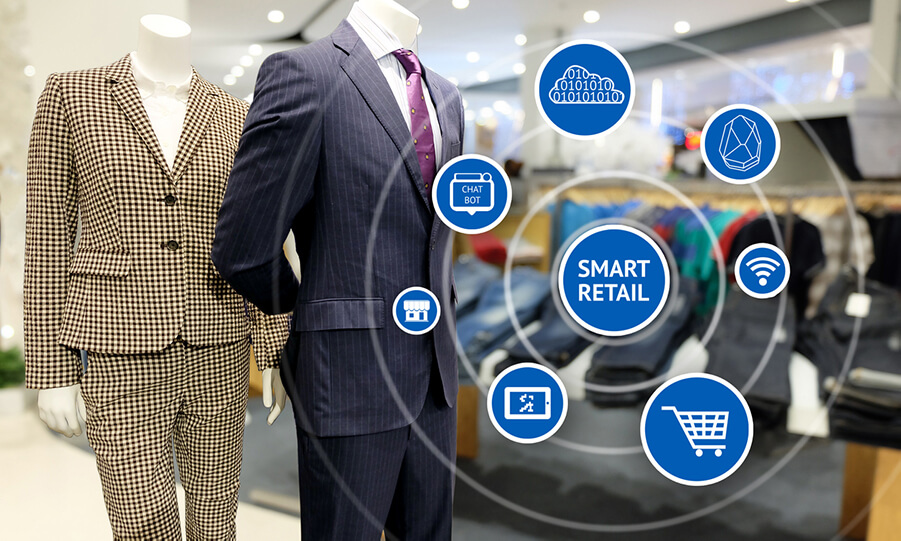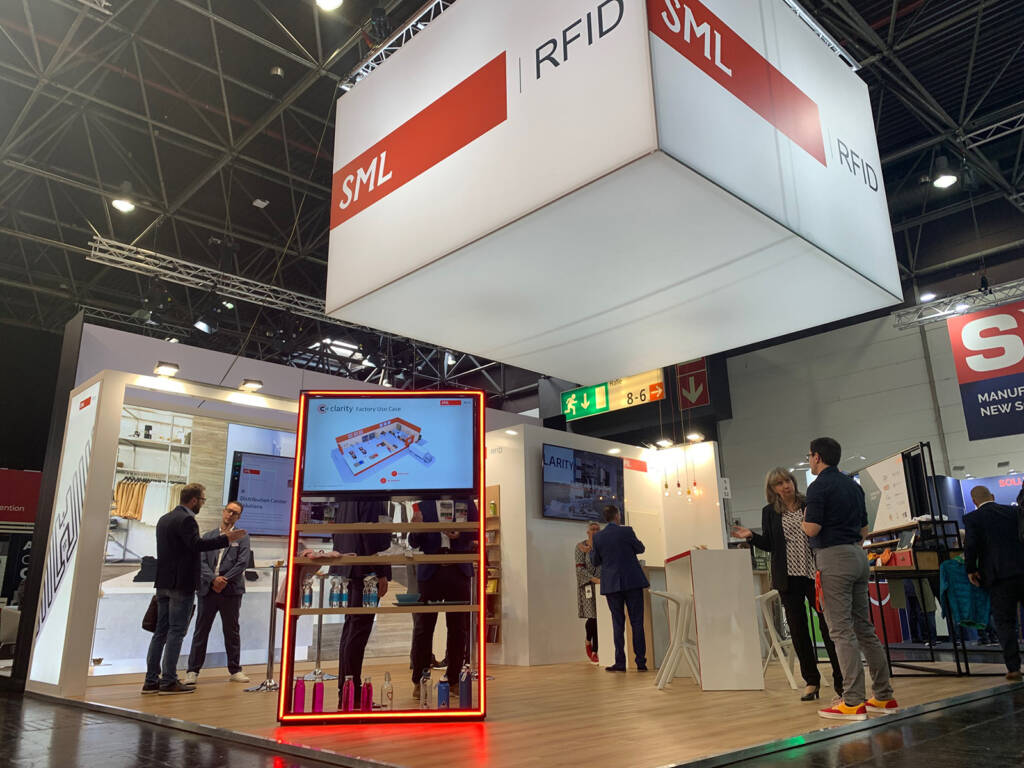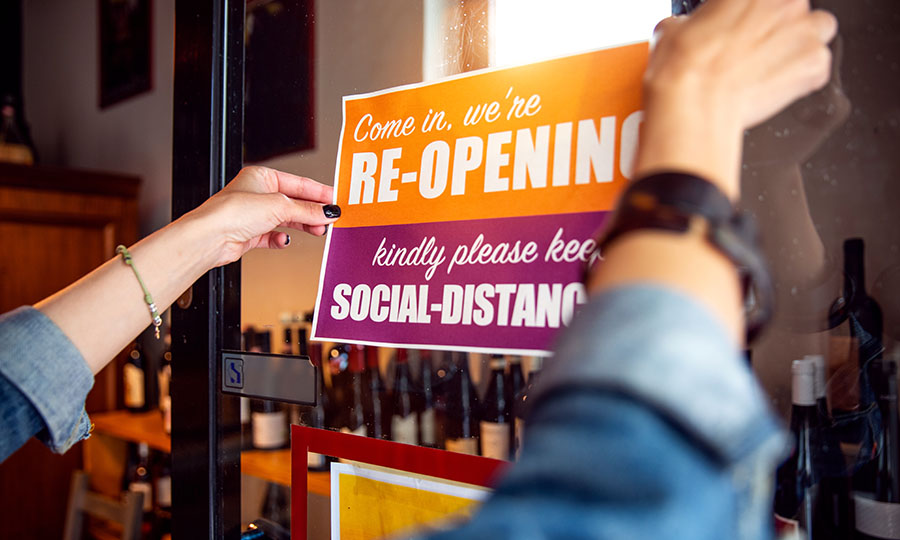One Year Of Lockdown: What Lessons Has Retail Learned?
Originally published on retailitinsights.com
According to McKinsey, retail revenue in 2020 are expected to have fallen by 27 to 30 percent compared to 2019. However, all hope is not lost, and the same report expects growth to resume in 2021.
Many businesses turned to technology to continue operating in the wake of the pandemic – automating numerous processes to cut costs while streamlining results. Not only have organizations found short-term success, but they also have developed long-term sustainability. But what lessons have been learned along the way?
The Need To Work Smarter
Minimized staff numbers have demanded a more streamlined approach to in-store processes and inventory management. With occupancy limits, social distancing measures in place, and an increased reliance on a contactless customer experience, retailers needed to adapt their strategies to fit with the new normal.
Retailers have needed to be efficient in catering to customers. As a result, many have relied on an omni-channel approach, leveraging technology to allow store associates to track and locate items accurately in real-time through item-level RFID.
This instant access to data has allowed retailers to work smarter, shifting talent and resources away from routine tasks such as stock counting and product markdowns and toward interactions that elevate the customer experience and increase their average basket size.
Experience Over Need
The pandemic has taught consumers that we don’t shop in-store because we need to; we shop there because we want to. The customer experience will be integral to post-COVID high street success – achieved through the same seamless omni-channel approach and streamlined in-store processes that have allowed retailers to work smarter. Consumer behaviors have been permanently altered, and retailers need to adapt to deliver more effective omni-channel experiences.
A practical omni-channel approach and the ability to accurately track and locate items can improve staff efficiency and significantly improve the customer experience. The technology has allowed customers to be served quicker, inquiries have been answered in seconds, and stores have been able to speed up the entire transaction process.
This has not only allowed customers to navigate a seamless in-store experience safely, but it has enabled retailers to increase revenue streams during a challenging time for the industry.
Customer Convenience Is Crucial
Initially used for safer social distancing processes, Buy Online Pick Up In Store (BOPIS) and click and collect have become the go-to solutions for shopping throughout the pandemic. However, during this time, they have delivered significant convenience for customers as well.
Social distancing has been a top priority for stores and visitors alike, and contactless transactions have become commonplace. BOPIS and click and collect services have facilitated that with ease, allowing customers to reduce their time spent in-store and pick up their purchases as and when works best for them. This is also a win for retailers as they can sustain customer traffic and create additional in-store purchases when customers may otherwise be hesitant to shop.
Through these solutions, customers have been able to feel safe in their shopping experience and can visit stores knowing that their product is in stock and ready to be picked up, with minimal contact with others.
BOPIS and click and collect offer another option to consumers increasingly looking for the most convenient ways to shop. Even before the pandemic, research undertaken by Zebra found that 90% of retailers were planning to implement BOPIS by 2021. COVID-19 has only accelerated this adoption rate, and these technologies are expected to become the foundation for successful commerce moving forward.
Throughout 2020, technology has proven to be an integral enabler of the retail industry during an otherwise challenging time. From the experiences gained during the pandemic, those retailers who invested in omni-channel and RFID technologies will have felt the short-term benefits of these implementations.
However, perhaps more importantly, these technologies – which have already facilitated improved customer experiences, more innovative in-store processes, and BOPIS and click and collect solutions – will continue to provide long-term sustainability for retailers as they provide a foundation for increased customer traffic and expanded sales channels.










